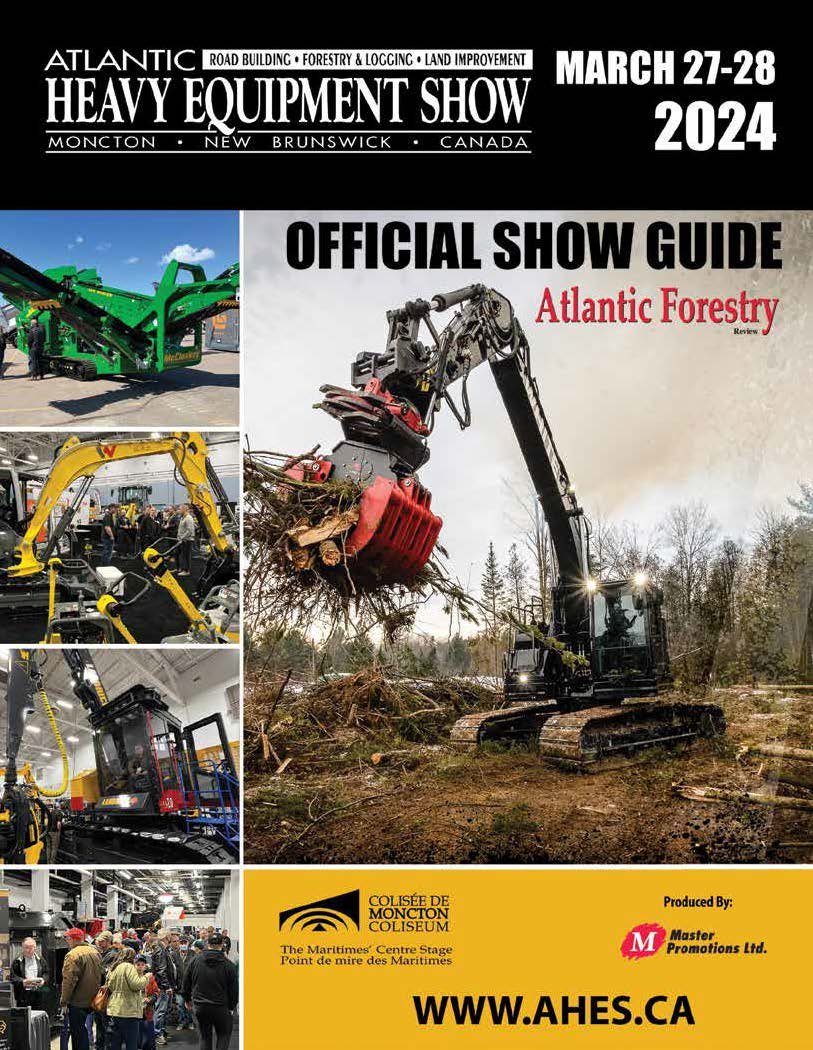The full story on full-tree
/AFR: I am writing this rebuttal to voice my opinion of your editorial comment called “Holus-bolus,” in the September 2013 issue. My family does full-tree logging and does its best to meet all harvesting regulations.
Whole-tree logging, the removal of the complete tree, is a travesty to the forest, leaving no remnants of forest soil structure. Full-tree logging, for the most part, leaves the forest soil structure intact. That harvest in Halifax County is not an accurate depiction of full-tree harvesting, but shows how far things can go if not regulated.
Full-tree logging systems cannot even be lumped together, because they vary in the end product they produce. Some chip the full tree and ship wood, twigs, and leaves to market as biomass. (But) when full trees are processed by a flail delimber and then fed through a chipper with a chip screen, only clean, high-quality chips are removed from the site. There is a lot of wood residue (leaves, small limbs, bark, and rotten fiber) ejected from the machine. In any responsible operation, most of this residue is returned to the harvest site. The grapple skidder brings out a turn of full trees, and returns with as much residue as the grapple can clamp onto, which it drops on the forest floor.
In many cases, clean-chip, full-tree systems harvest on terrain inaccessible to cut-to-length machines, or harvest timber which is too crooked, branchy, or rotten for cut-to-length operations to function profitably. Forwarders are the most limiting component in such operations.
The dragging of full trees disperses the weight of the load over a greater area, decreasing ground pressure. It causes scarification of the area, creating better germination sites for falling seed. If ruts develop, some of the residue being returned to the woods is used to heal the muddy area and make the ground travelable again. Forwarders just keep traveling the ruts until impassable.
The new law is not just 120 jobs from the industry, but people who make a livelihood from the industry and are proud of the job they do and how well they do it. Maybe not all are fit to continue, but some do their best.
To me the largest factor when harvesting is certification standards. Some certification standards only limit clearcut size by the amount of wetland barrier required to satisfy regulations. This leads to large expanses of clearcut, and needs to be addressed more critically.
Creating a multi-age forest in one step, through selection harvesting, is all but impossible, especially if the area has been harvested to some degree previously, like most forests in Nova Scotia. Full-tree logging can help clean up these areas to give them a clean slate to start from, however harsh it seems, where the forest structure is completely messed up.
Thomas Reeves
New Ross, N.S.
(Thanks for your perspective on this topic, Thomas. We took the opportunity to visit your family’s logging outfit, to gain some understanding of how this kind of full-tree system works. Please see our coverage on pg. 34. DL)

















